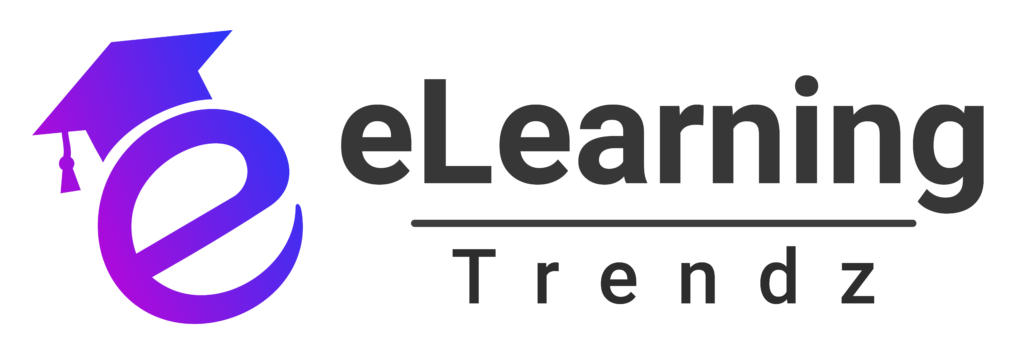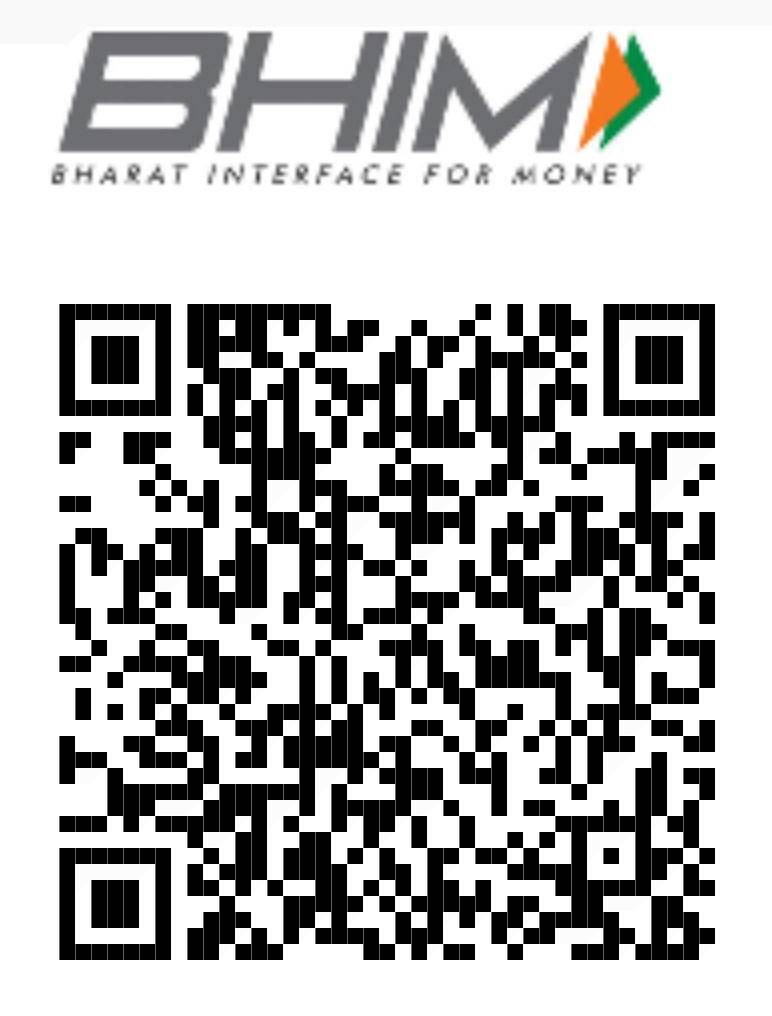When it comes to Learning Management Systems (LMS), the technical framework behind how learning content is created, delivered, and tracked is crucial for ensuring effective training. Two of the most prominent standards for managing and tracking eLearning content are SCORM (Sharable Content Object Reference Model) and xAPI (Experience API, also known as Tin Can API). Both of these standards provide the foundation for how online learning works within an LMS, and understanding them is essential for organizations looking to get the most out of their training programs. In this blog, we’ll break down what SCORM and xAPI are, how they differ, and how each can benefit your LMS.
What is SCORM?
SCORM (Sharable Content Object Reference Model) is a set of technical standards for eLearning software that allows content to be easily shared and tracked across different LMS platforms. Originally developed by the U.S. Department of Defense in the early 2000s, SCORM has since become the most widely adopted standard for eLearning content. It ensures that content is compatible with various systems and that user progress, completion, and other tracking data can be recorded and shared seamlessly between the LMS and the content.
SCORM has multiple versions, with SCORM 1.2 and SCORM 2004 being the most commonly used. SCORM essentially sets the rules for packaging and delivering content and how an LMS should track and report user activities, such as scores, completion status, time spent, and bookmarking.
Key Features of SCORM:
- Content Packaging: SCORM content can be packaged into a ZIP file, which includes the course’s media, resources, and metadata. This allows courses to be easily shared or transferred between different platforms.
- Tracking and Reporting: SCORM enables the tracking of learner progress (e.g., completion status, quiz scores, time spent), and allows this data to be sent back to the LMS for reporting.
- Interoperability: SCORM content is designed to work on any SCORM-compliant LMS, ensuring compatibility across different platforms.
- Reusability: SCORM content can be reused across multiple LMS platforms, and it can be easily updated or revised.
- Sequencing and Navigation: SCORM provides rules about how the content should be delivered to learners based on their actions, such as navigating through specific lessons, prerequisites, or unlocking additional content.
Benefits of SCORM:
- Standardization: SCORM ensures that content can be shared and used across a wide variety of platforms.
- Trackable Data: SCORM tracks basic learner data like completion, quiz scores, and time spent, which can be reported to managers or administrators.
- Interoperability: SCORM ensures that eLearning content can be integrated and used with different Learning Management Systems, making it a versatile choice for organizations.
What is xAPI (Experience API)?
xAPI, also known as Tin Can API, is the next evolution of SCORM. Developed by the Advanced Distributed Learning (ADL) initiative, xAPI allows for more flexible and comprehensive tracking of learning experiences. Unlike SCORM, which primarily tracks content delivered through an LMS, xAPI can track learning experiences that occur both inside and outside of an LMS.
xAPI works by collecting data from all types of learning experiences and storing it in a central Learning Record Store (LRS). This data is recorded as statements in the format: “[Learner] did [action] at [location]”. These statements can track a wide range of activities, from completing an online course to attending a workshop, reading a book, or watching a video.
Key Features of xAPI:
- Comprehensive Tracking: xAPI can track any learning activity—online or offline. It can record activities on mobile devices, simulations, virtual worlds, social learning, and even offline learning experiences like in-person training.
- Learning Record Store (LRS): Unlike SCORM, xAPI uses an LRS to store and analyze learning data. An LRS can exist within an LMS or independently. It allows for the collection and aggregation of data from various sources.
- Greater Flexibility: xAPI offers more flexibility in tracking various types of learning, from traditional eLearning modules to informal learning activities such as on-the-job training, social learning, or informal learning experiences.
- Rich Data and Reporting: xAPI allows you to collect much more detailed information about learner behavior, including when and where a learning activity took place, and can track every step a learner takes, even those outside the LMS.
- Interoperability: xAPI is compatible with SCORM, which allows organizations to use SCORM content alongside xAPI-compatible content within the same system.
Benefits of xAPI:
- Tracking Across Multiple Platforms: Unlike SCORM, xAPI can track learning across a wide range of activities, including mobile apps, social media, and other informal learning environments.
- Holistic View of Learning: With xAPI, organizations can capture a broader picture of employee learning behaviors and experiences, not limited to just formal training courses.
- Offline Tracking: xAPI can track learning experiences that occur offline or in remote environments. This is ideal for industries where employees often engage in fieldwork or need to learn outside the LMS.
- Detailed Insights: xAPI provides much more granular data, allowing organizations to gather insights into how employees are engaging with content, what types of learning activities are most effective, and areas where learners may need more support.
SCORM vs. xAPI: Key Differences
While SCORM has been the gold standard for eLearning for many years, xAPI offers enhanced capabilities and greater flexibility for modern learning environments. Here are some key differences between the two:
Feature | SCORM | xAPI |
Tracking | Tracks only formal LMS content | Tracks all learning experiences (online, offline, formal, informal) |
Data Format | Limited to predefined statements | Captures rich, detailed learning data |
Offline Tracking | Not supported | Fully supports offline learning |
Scope of Learning | Primarily eLearning courses | Covers a wide range of activities (eLearning, in-person, mobile, etc.) |
Interoperability | Requires SCORM-compliant LMS | Can track SCORM content and beyond |
Storage | Data stored within the LMS | Data stored in a Learning Record Store (LRS), independent of LMS |
When to Use SCORM or xAPI
Use SCORM when:
- Your organization must deliver standardized eLearning content that can be reused across various platforms.
- You focus primarily on tracking completion, scores, and basic learner progress.
- You’re working with legacy systems or an LMS that is SCORM-compliant.
Use xAPI when:
- Your organization must track various learning experiences, including informal, social, or offline learning.
- You want to capture more detailed data about how employees are interacting with content.
- You have a distributed workforce or mobile employees who need to access learning resources outside of the LMS.
Conclusion
SCORM and xAPI are both essential standards for modern Learning Management Systems, but they serve different purposes. SCORM is ideal for traditional, structured eLearning programs, while xAPI allows for broader, more flexible tracking of diverse learning experiences. By understanding the strengths and limitations of both, organizations can make more informed decisions about which standard (or combination of both) will best suit their training needs. With the right implementation, these standards can enhance the effectiveness of your LMS, provide deeper insights into learning progress, and ultimately improve employee development and performance.









